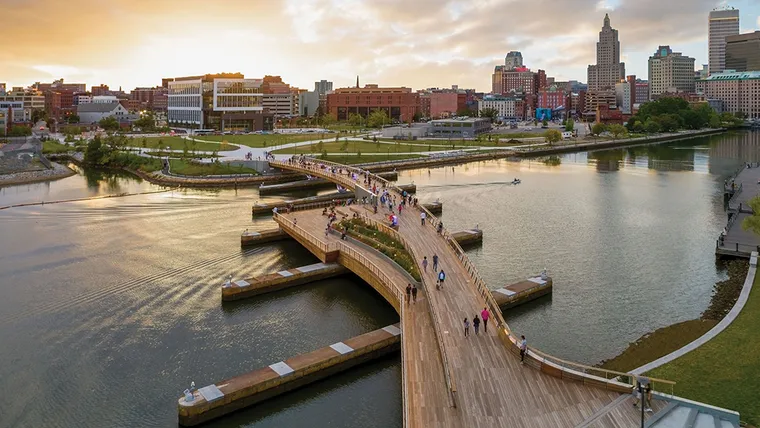The entrepreneurial-planning approach
By Howard Kozloff and Ben Donsky
Public parks are often caught between providing accessible amenities and programs for the community and finding ways to generate revenue for upkeep and maintenance. Today, many conservancies and a smaller number of municipal and county parks departments are moving toward a more business-minded approach, away from the traditional user-fee model. This shift represents a fundamental change in how park systems operate, focusing on creating diverse revenue streams that can advance broader community priorities while maintaining their core public mission.
The entrepreneurial-planning revenue model centers on generating income through programming, events, and amenities that give people compelling reasons to visit and stay in public spaces. Rather than charging users directly for these services, such as yoga classes or outdoor movies, parks can use them to create indirect revenue opportunities through food and beverage sales or corporate and philanthropic sponsorships. Through comprehensive market analysis, park managers can determine the feasibility of these revenue-generating opportunities based on existing infrastructure and market conditions.

